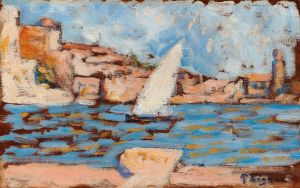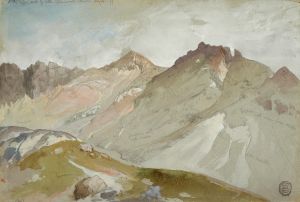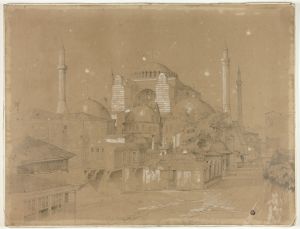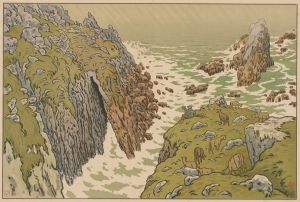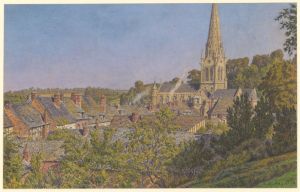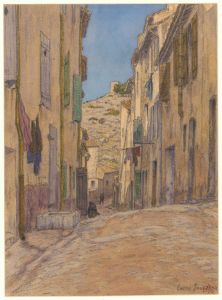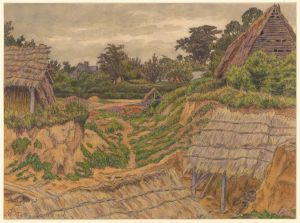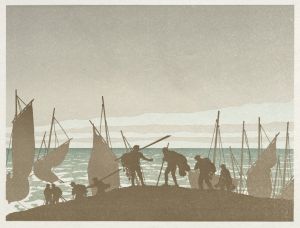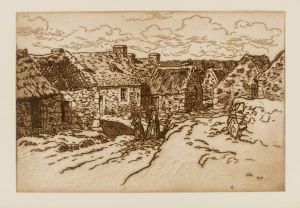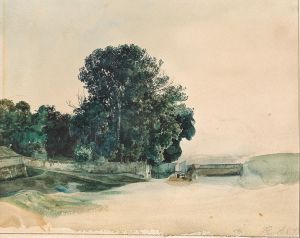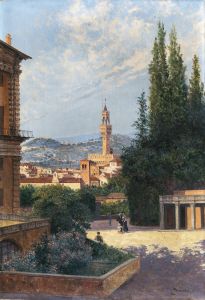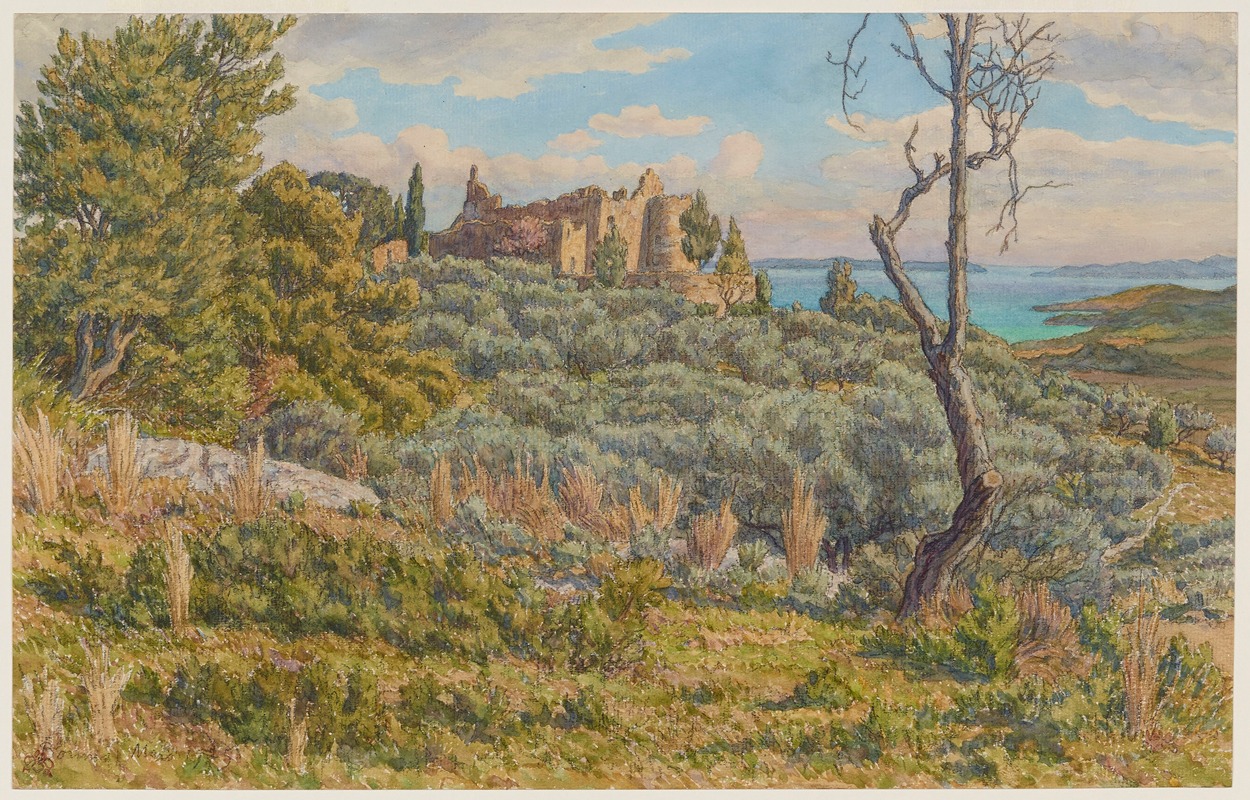
Le vieux château. Bormes
A hand-painted replica of Henri Rivière’s masterpiece Le vieux château. Bormes, meticulously crafted by professional artists to capture the true essence of the original. Each piece is created with museum-quality canvas and rare mineral pigments, carefully painted by experienced artists with delicate brushstrokes and rich, layered colors to perfectly recreate the texture of the original artwork. Unlike machine-printed reproductions, this hand-painted version brings the painting to life, infused with the artist’s emotions and skill in every stroke. Whether for personal collection or home decoration, it instantly elevates the artistic atmosphere of any space.
Henri Rivière (1864–1951) was a French artist known for his contributions to printmaking and his innovative use of color and composition, often inspired by Japanese ukiyo-e art. He is particularly celebrated for his depictions of landscapes and rural scenes in France, which reflect his keen observation of nature and his mastery of the lithographic and woodblock printing techniques.
One of his works, Le vieux château. Bormes (The Old Castle, Bormes), showcases Rivière's characteristic style and his ability to capture the essence of a location. This piece depicts the old castle in Bormes-les-Mimosas, a picturesque village in the Provence-Alpes-Côte d'Azur region of southeastern France. The village is renowned for its medieval architecture, narrow streets, and vibrant natural surroundings, which have long attracted artists and travelers.
The artwork is part of Rivière's broader exploration of French landscapes, where he sought to document the beauty and diversity of the country's regions. His works often emphasize harmony between human-made structures and the natural environment, a theme that is evident in Le vieux château. Bormes. The composition likely highlights the castle's integration into the surrounding landscape, with attention to light, color, and texture.
Rivière's artistic approach was heavily influenced by Japanese woodblock prints, particularly the works of Hokusai and Hiroshige. This influence is evident in his use of flattened perspectives, bold outlines, and a focus on the interplay between natural and architectural elements. While Le vieux château. Bormes is not as widely known as some of his other series, such as Les Trente-six Vues de la Tour Eiffel (Thirty-Six Views of the Eiffel Tower), it remains a testament to his skill in capturing the spirit of a place.
The exact date of the creation of Le vieux château. Bormes is not widely documented, but it is consistent with Rivière's body of work, which spans the late 19th and early 20th centuries. As with many of his pieces, this work reflects his dedication to portraying the beauty of the French countryside through innovative artistic techniques.
Henri Rivière's contributions to art extend beyond his individual works; he played a significant role in popularizing Japanese-inspired aesthetics in European art and advancing the medium of printmaking. His works continue to be appreciated for their technical precision, artistic vision, and ability to evoke a deep connection to the landscapes they depict.





